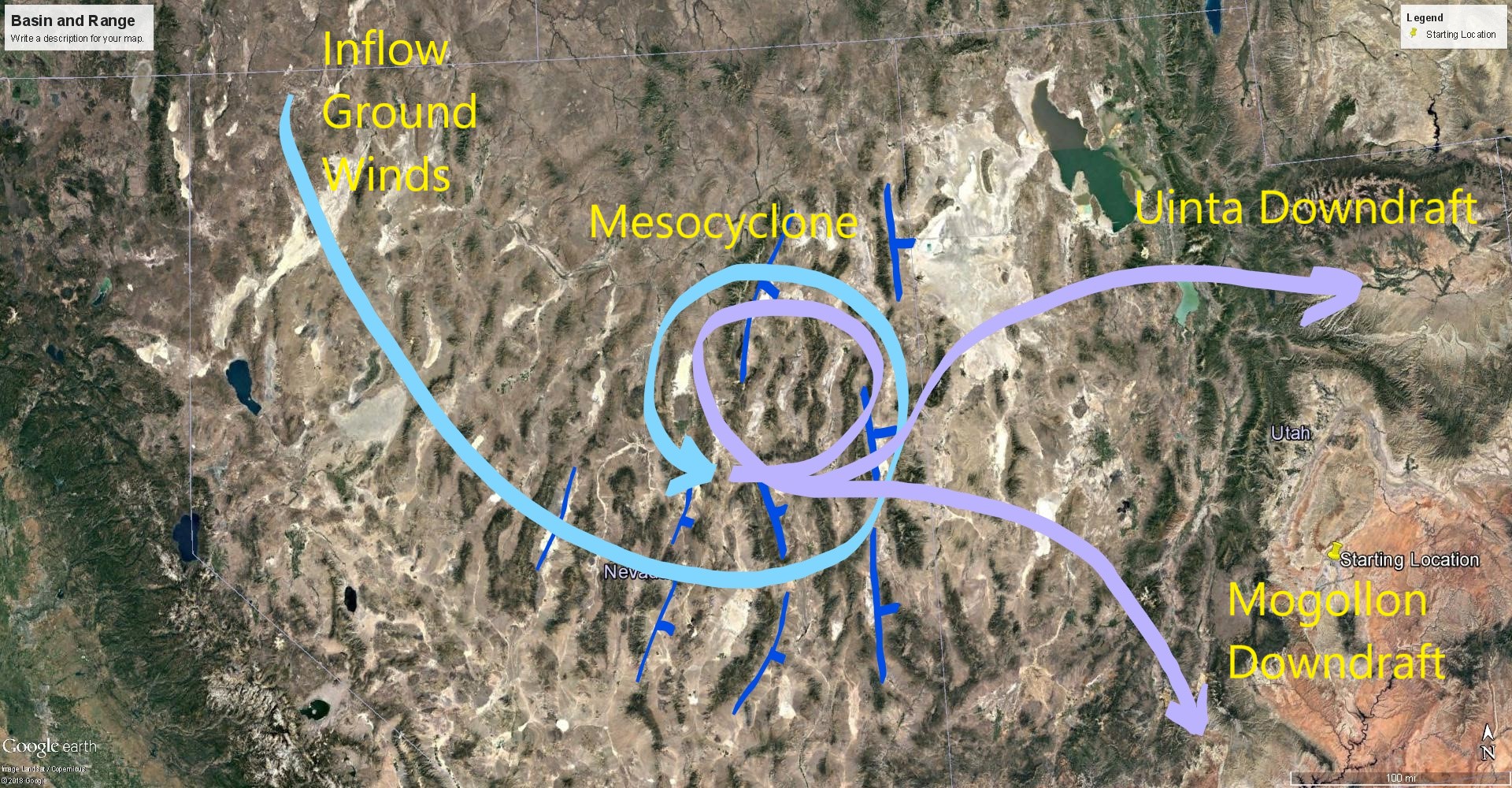The winds of Jupiter are arguably the most violent, enigmatic and visually exciting planetary feature in the Solar System. The eye of Jupiter – the Great Red Spot – stares at us through the centuries from it’s station in the lower hemisphere. Winds draw into, and around it in wild rivers and whirlwinds of variegated chemistry. The north pole swirls in multiple semi-steady state hurricanes. The entire planet is banded with counter-flowing winds.
Until recently, the highest wind speeds on Jupiter were clocked around 400 mph. A new study now indicates wind speeds as high as 900 mph.
According to “Meteorological Beast in our Solar System” published in SciTechDaily.com, the ultra-high speed winds were measured in Jupiter’s stratosphere. Mid-level winds that are, in Jupiter’s titanic atmospheric envelope, about 500 miles above the surface. This region is analogous to Earth’s stratosphere, where airliners fly, about five miles high. Previously, winds had only been measured in lower, slower cloud tops. The stratospheric winds were measured, in part, by tracing dispersed remnants of the molecular cloud left by the impact of comet Shoemaker-Levy.
Scientists speculate the fastest moving winds, which were measured at the poles, constitute a vortex structure over 500 miles high and the diameter of four Earths wide. That’s a big cyclone.
For the past couple of years I’ve written a series called “Eye of the Storm” in which I’ve demonstrated evidence for supersonic winds on Earth during it’s formative age. I’ve also discussed how lower level winds, ground winds in particular, reach supersonic speeds and I’ve shown evidence for it in shock wave impressions in Earth’s geology. I’ve also shown how the winds of Jupiter demonstrate fractal self-similarity with the primordial winds on Earth and how that is due to crustal circuitry.
I’ve also described, and shown evidence for similar giant cyclones, scaled to Earth’s dimensions, such as the the great meso-cyclone that shaped North America’s Great Basin.


I don’t know if I explicitly said Jupiter has supersonic winds, but that fact is certainly implicit in my theory. So, I’m chalking this up as confirmation. Fractal self similarity between Earth and Jupiter manifests in scalar dimensional features, but the speed at which weather fractals, and the winds in them move is governed by the rate of charge diffusion, which should be similar between the planets at a given state of electrical excitement, given the similar chemistry.
What the scientists have yet to discover are the exceedingly fast vertical winds. The Great Red Spot is a network of electric winds that wraps over and under itself, like crocheted yarn. Velocities are greatest at the inflections where winds go vertical. We see the same thing in thunderstorms, where the central updraft displays the fastest winds. They will discover this one day, and I will crow again.
It is important for us all to understand that Jupiter is a living-laboratory demonstrating Earth’s creation. If science would stop looking for carbon under the bed-sheets ( oh my, 400 ppm any day now), and take a hard look at Jupiter instead, we might actually learn something true about climate, weather, geology, Earth’s creation and mankind’s ancient past.
Of course that won’t happen.
Circuitry in the Earth’s crust couples with Earth’s electromagnetic field to cause weather. It’s really all one circuit and the earth and sky are elements of capacitance in the circuit. Jupiter and Earth are wired essentially the same way, so it’s not coincidence, but expectation to find the similarities. The planetary scientists really need to listen to the Electric Universe. Since Immanuel Velikovsky we’ve been right many times, while academia is always… well, let’s just say surprised. It seems the cosmos has a confirmation bias for the Electric Universe.
Special thanks to Jan Emming for sending me the article.
Cheers.
